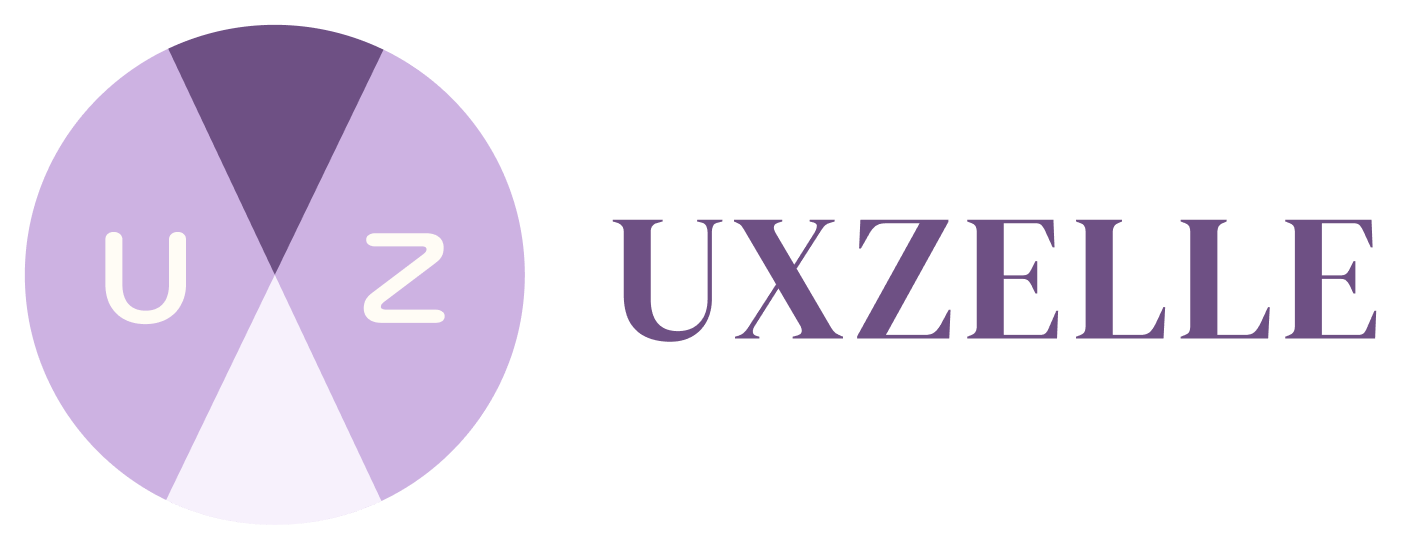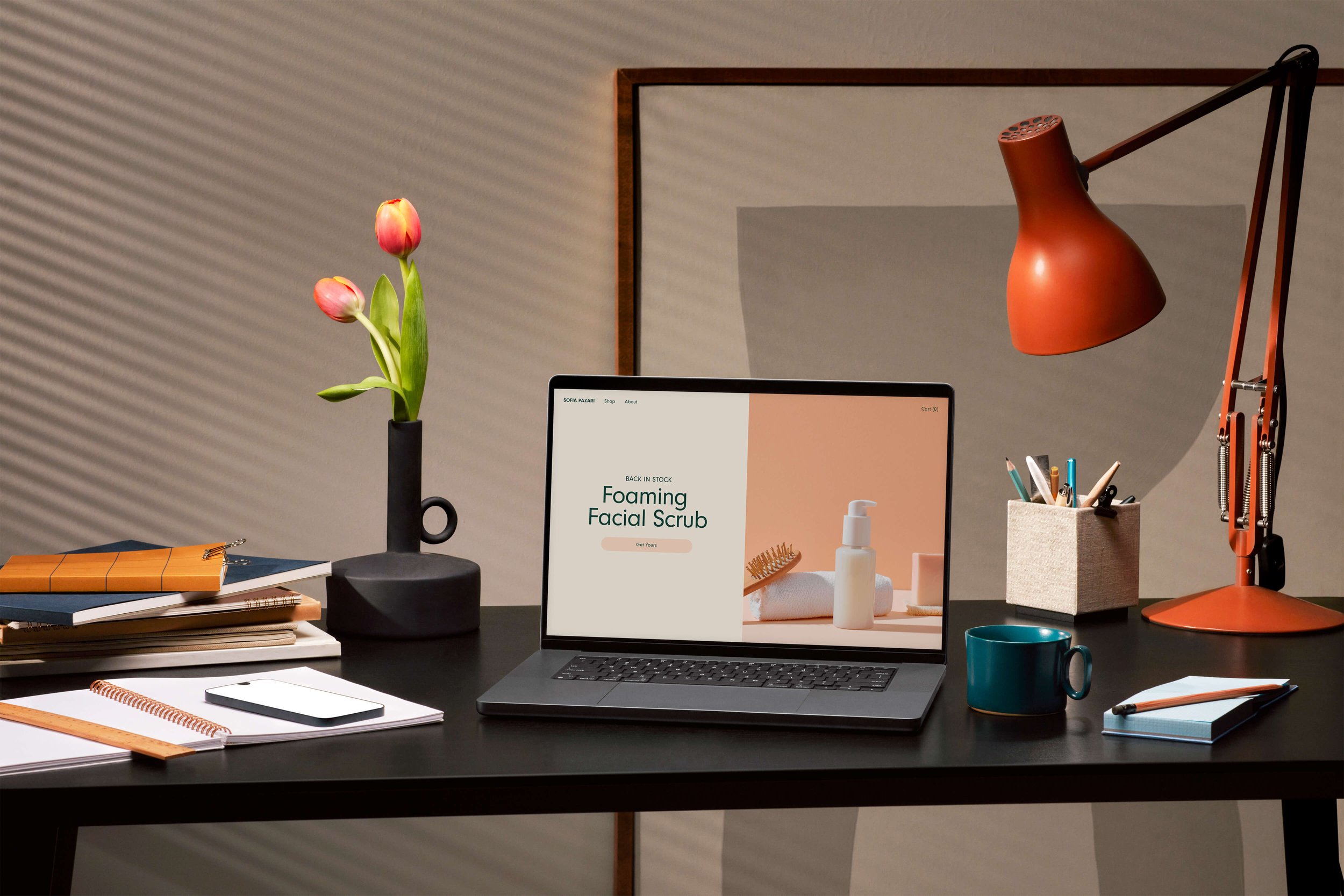OptiMenu
Because I Don’t Wanna Play Menu Roulette Ever Again
A case study by a hungry UX designer who’s tired of mystery meat and PDF menus
TL;DR
I developed OptiMenu, an AR restaurant menu concept aimed at improving decision-making and minimizing food waste over time for the restaurant.
What
User Research, UI Design, Prototyping
Who
Restaurant-goers (end user), restaurant owners (client)
Result
Quantified Metrics (estimated):
30% faster order time
2x more interaction with specials
80% of testers preferred AR to static images
Projected waste reduction of 10–12% in full-service restaurants
Team
Me (solo project)
Tools
Figma
FigJam
Google Surveys
Jira
Roles
Research
UX/UI Design Lead
Wireframing
Prototyping
Project Management
Timeline
2 months
The moment it hit me
(and My Stomach) 🤢
The Problem:
Menus Are Stuck in the Past 📜
Research & Discovery:
The Streets (and Eats) Talked 💬
Strategy & Ideation:
Turning Vibes into Vision 👀
Design Execution:
A Menu Glow-Up ✨
Testing & Iteration:
From Glitchy to Gourmet 😋
Outcome:
Food Gets Chosen, Not Wasted 🤩
Reflection & Next Steps:
More Than a Menu 🤳🏼
Let’s redesign what we eat!
Hungry for more? Let’s chat—whether it’s about food, product design, or the future of spatial experiences.





